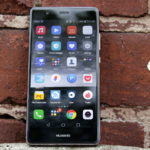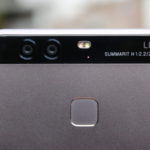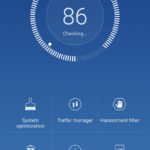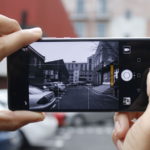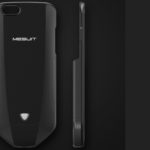The breakthrough that changes everything OpenAI has revealed a compact offline AI model that can run fully on-device. No cloud connection. No data usage….
Huawei P9 review: best camera phone of 2016?
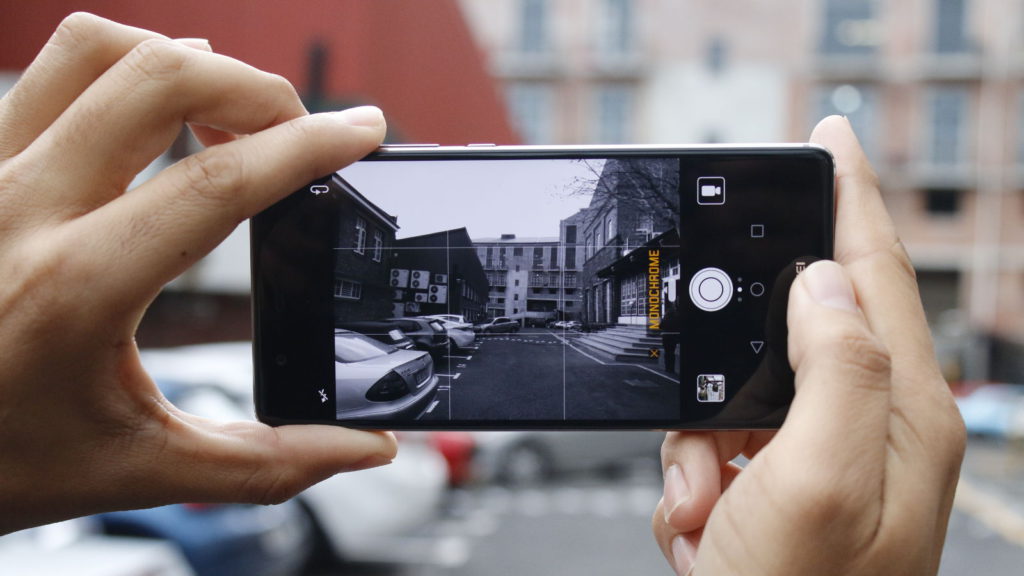
Dual-camera smartphones excite me.
It’s a rather unique way to overcome the limitations of traditional mobile cameras, while also offering some interesting novel features.
The HTC One M8 (review) for instance (while technically having a depth sensor), showed what dual-camera devices could be capable of, offering the ability to have any image you shoot be refocusable. LG took a different route with its dual-camera LG G5 (review) earlier this year though, delivering two cameras that operated independently of one another.
Now, Huawei has joined the party with its Huawei P9 flagship, offering two 12MP rear cameras that work together.
So did the Chinese firm strike gold with this arrangement?
The Huawei P9’s cameras
Let’s get straight into it. The Huawei P9’s biggest selling point is the presence of those two 12MP f/2.2 cameras on its back.
In a rather interesting move, the one camera is a black and white shooter (lacking the colour filters of traditional cameras), while the second camera is your usual camera with RGB filter.
And yes, Huawei lets you shoot with the pure black and white camera, claiming to deliver better monochrome shots than if you were to slap your colour shot through a filter. Does it actually translate to better quality shots though?
I don’t know, but what I can say is that I was definitely more open to shooting in black and white than before with other phones. And truth be told, these snaps looked lovely anyway.
You can do more with the dual-camera setup though, such as simulated aperture adjustments and refocusing.
A rather fun take on smartphone photography
Simulated aperture adjustment is easily the Huawei P9’s biggest selling point within the camera department, I feel, allowing you to play with depth of field effects and refocusing various elements within a picture.
Turn on the depth of field mode in the camera app and the app will recommend you take photos of subjects/objects within two metres of the phone. But you can totally get away with subjects/objects further away.
What about the end-result?
The Huawei P9’s biggest selling point are is two cameras on its back
Photos taken in this mode are often a joy to experiment with. Once you’ve taken the photo, tapping anywhere on it will refocus the image, while dragging the slider (next to the focus icon) will initiate simulated aperture adjustments.
For instance, cranking the aperture up to f/0.95 will deliver a large amount of background blur. Crank it down to f/16 and everything is in focus. Or you can find a happy medium in between.
This mode isn’t perfect by any measure, with the camera sometimes spitting out blurry images, or you might notice a significant blur around some objects and subjects. But for the most part, I found the results to be very pleasant and fun — and it takes a short amount of time to take a snap.
You don’t have to worry about missing out on ever-reliable camera modes though, Huawei delivering options for HDR mode, panoramas, night shots, time-lapses and their trademark light-painting modes.
What about quality?
As for general photo quality, you’re looking at a handset that delivers a great level of resolvable detail in all conditions, as well as reliable focusing most of the time. Photos taken in aperture adjustment/depth of field mode feature the same resolution too, so you don’t need to worry about reduced detail.
The phone also delivers some lovely, if occasionally oversaturated colours, but you can change to preset colour options if that’s your thing (standard, vivid, smooth).
As for night-time shooting, we do see a big increase in noise (especially in the corners), but it’s still at a manageable level, and it often beat the Sony Xperia X in terms of outright detail. No mean feat then. In other words, those looking for a quality mobile shooter will want to add the Huawei P9 to their 2016 wishlist.
Related: Camera shootout: Huawei P9 vs Sony Xperia X

Huawei P9 Sample 1

The fish were quite difficult to track for this shot and some came out blurry. Still, we managed to get a decent picture here. OIS would've been nice here though.
Huawei P9 Sample 2
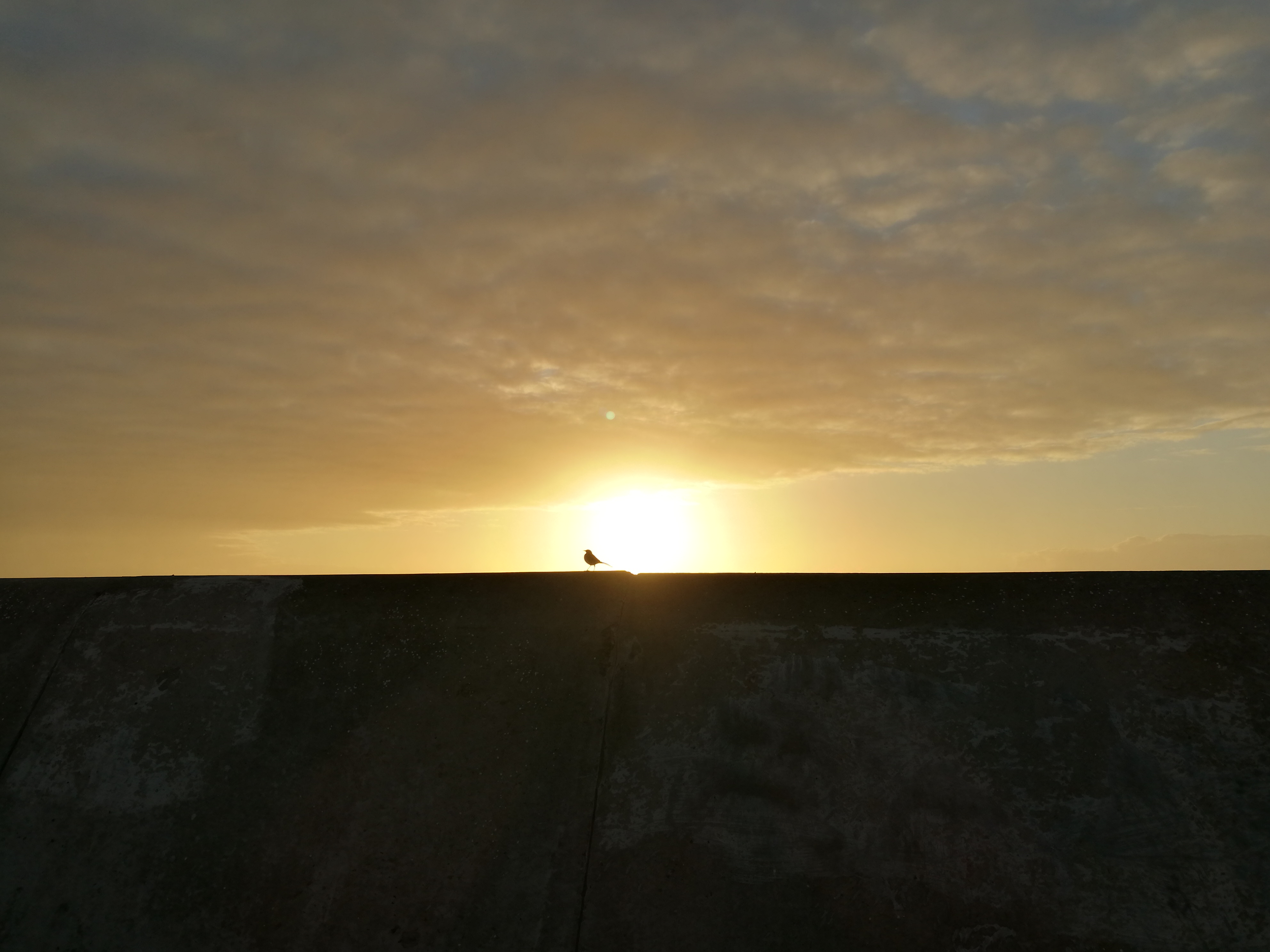
A rather arty snap.
Huawei P9 Sample 3

More fish for your enjoyment.
Huawei P9 Sample 4

A photo taken in aperture adjustment mode, the background still relatively in focus.
Huawei P9 Sample 5

Adjusting the aperture for some lovely blur/bokeh. Note the blurry dorsal fin and nose. It's not uncommon to find blur like this, but the results are still pleasant overall.
Huawei P9 Wall
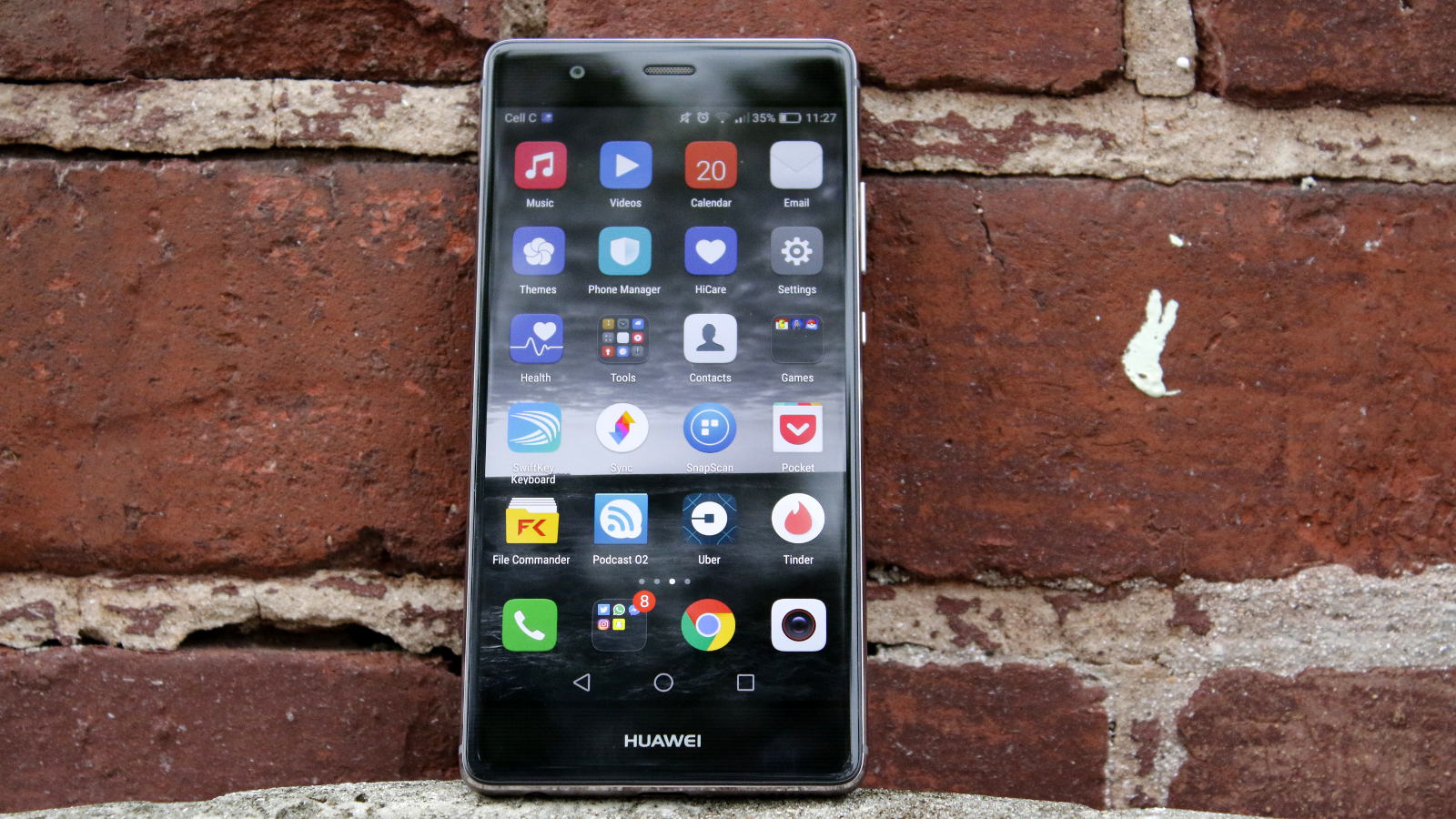
Huawei P9 Rear
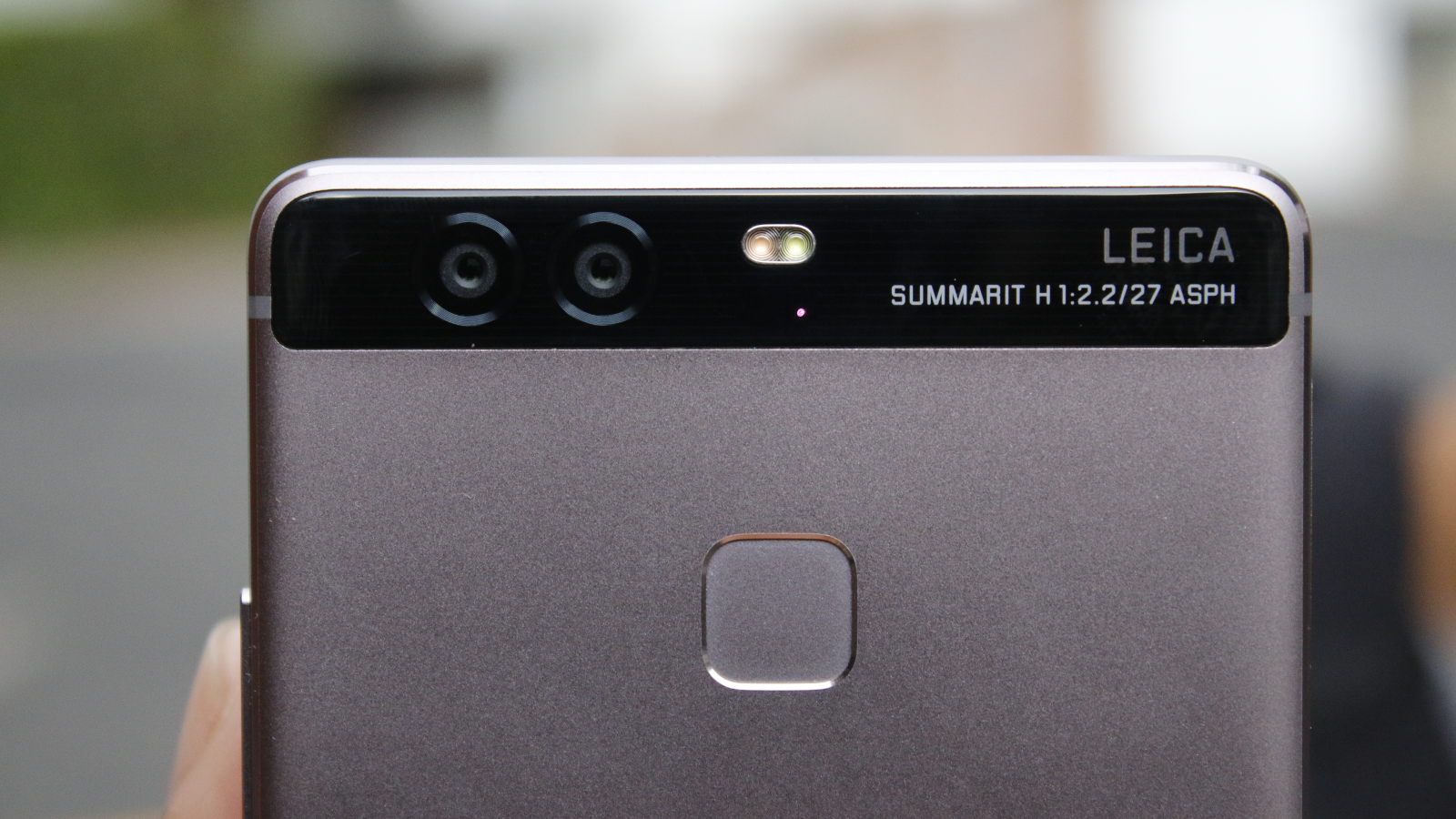
Huawei P9 Bottom
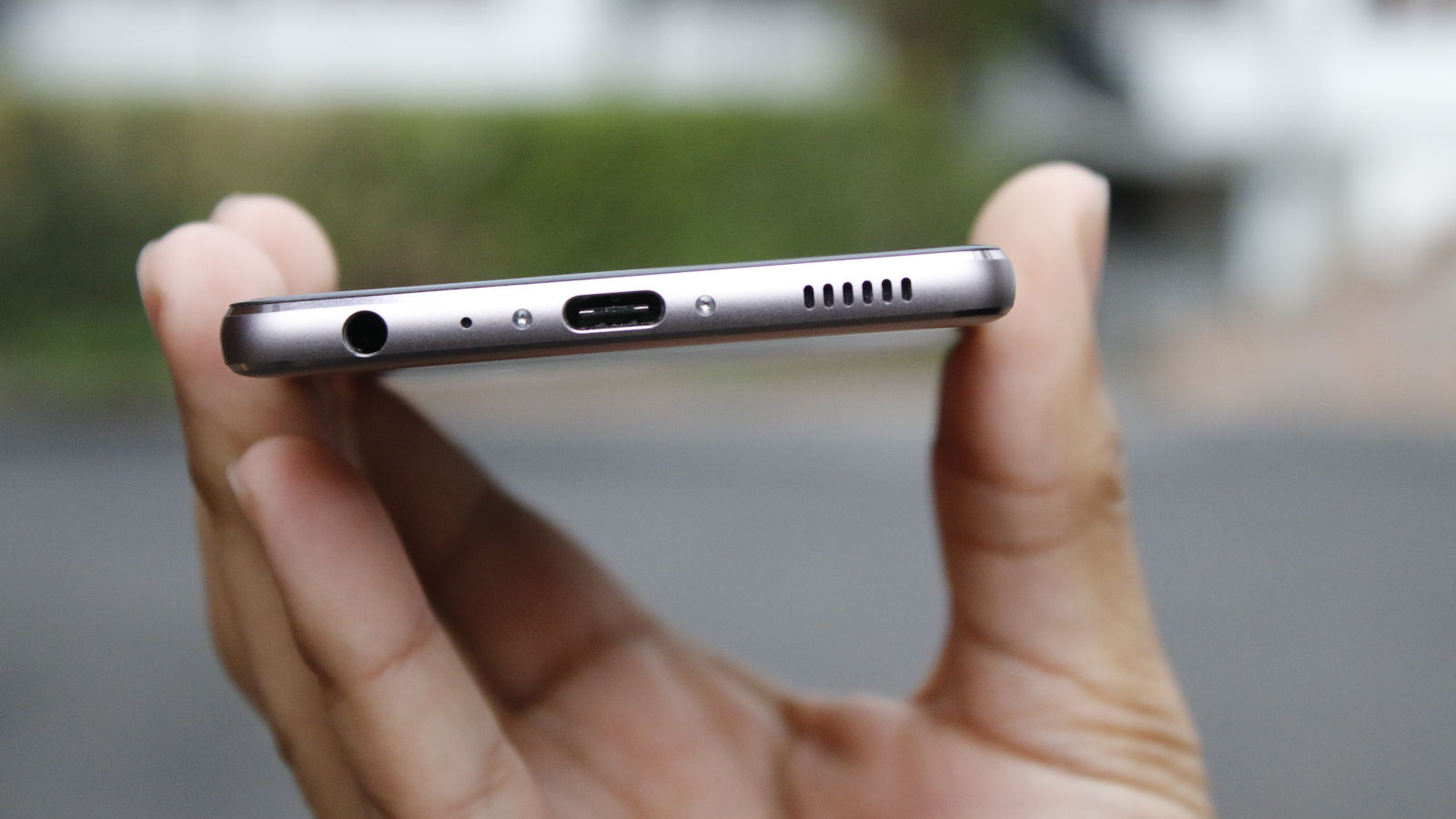
Emui Huawei P9
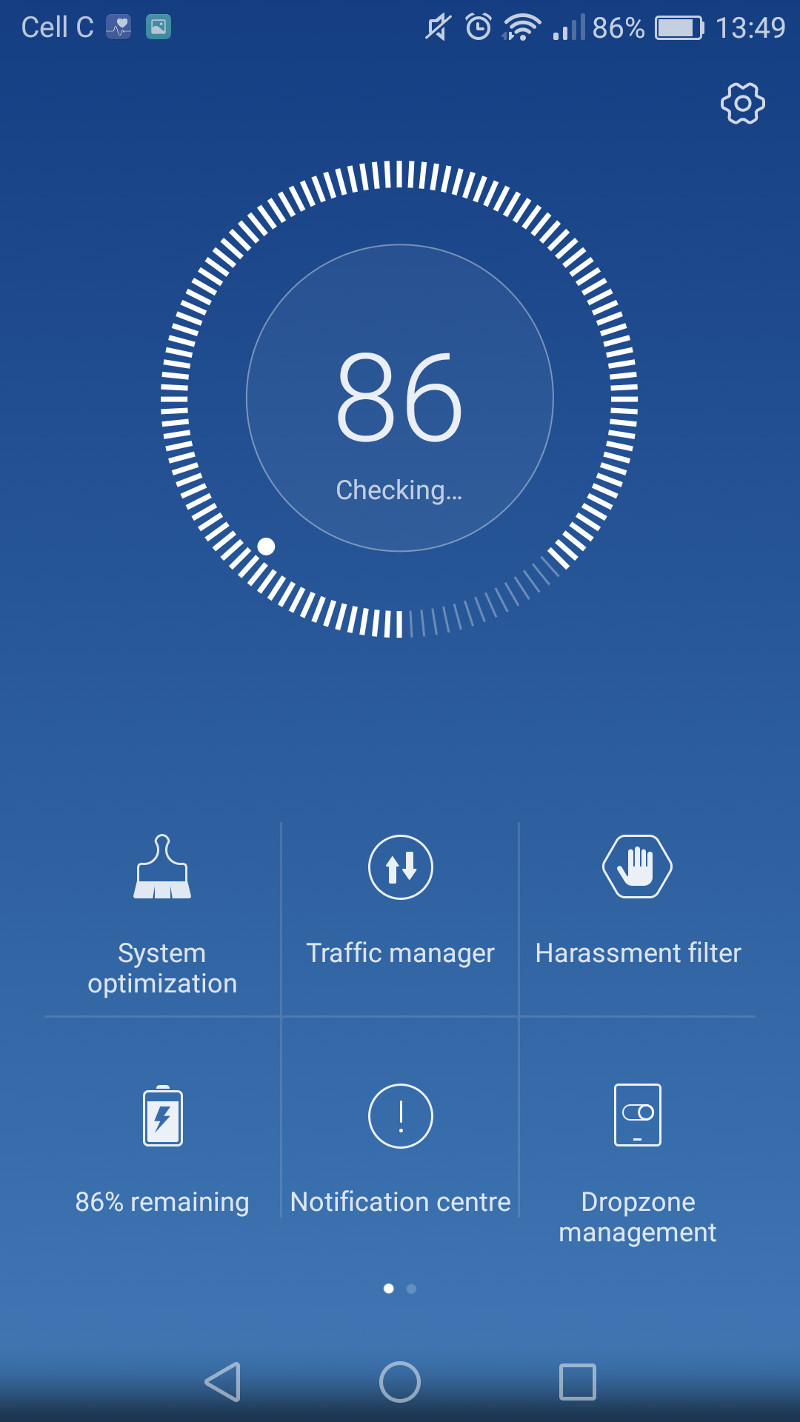
Huawei P9 Monochrome
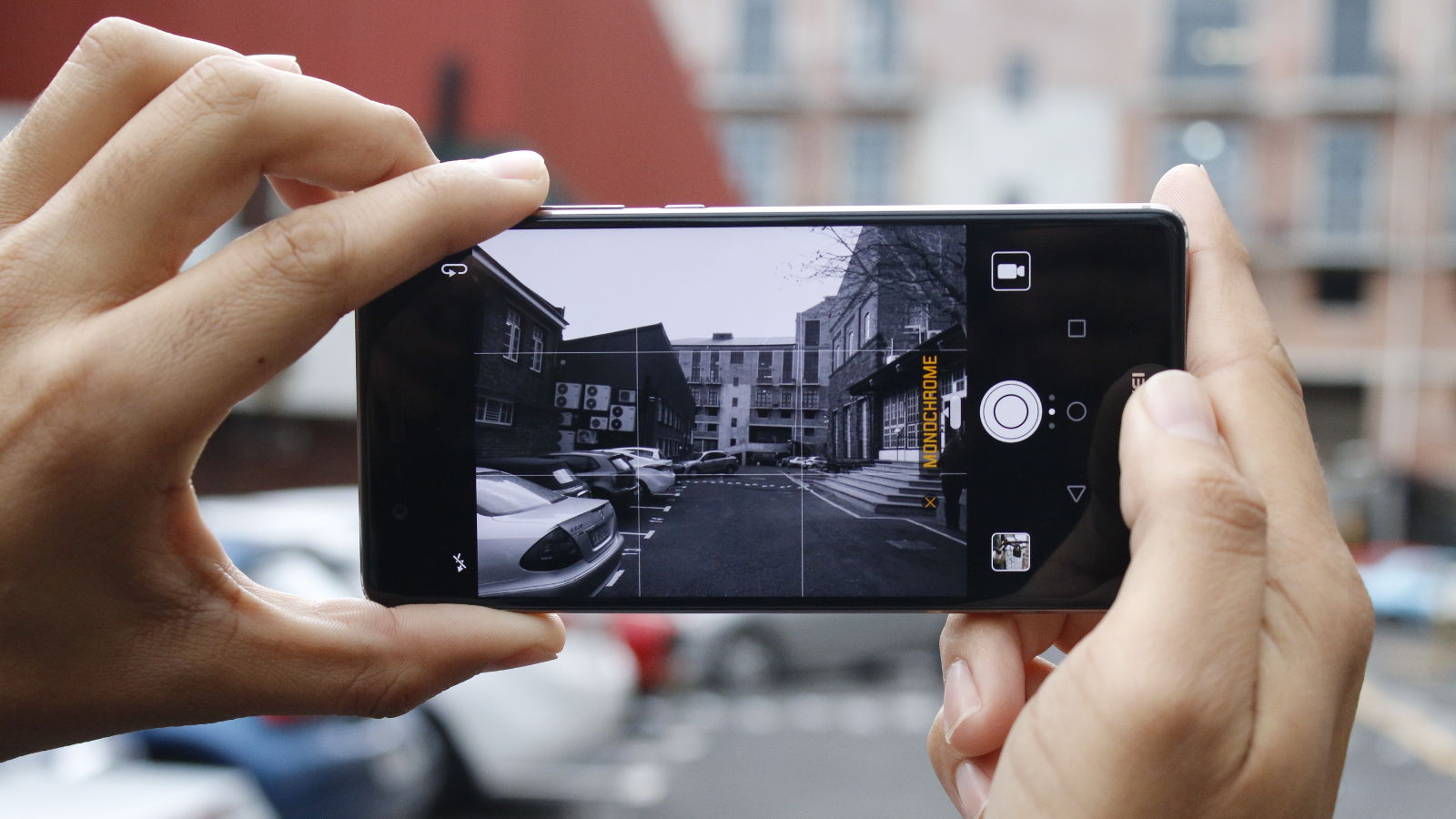
Huawei P9 Sample 6
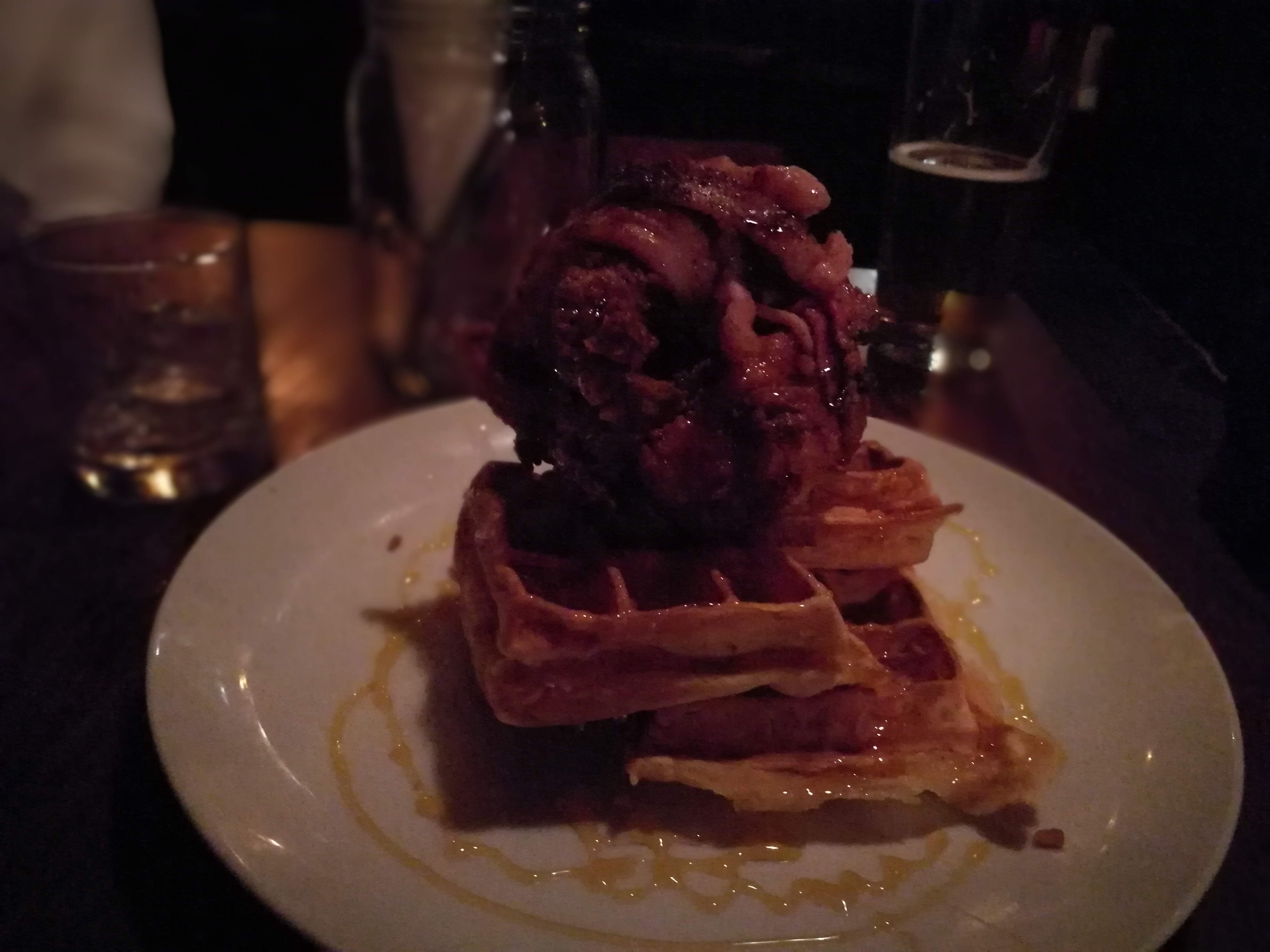
Chicken, bacon and waffles - in case you can't figure it out. A larger aperture may have helped here.
Huawei P9 Sample 7
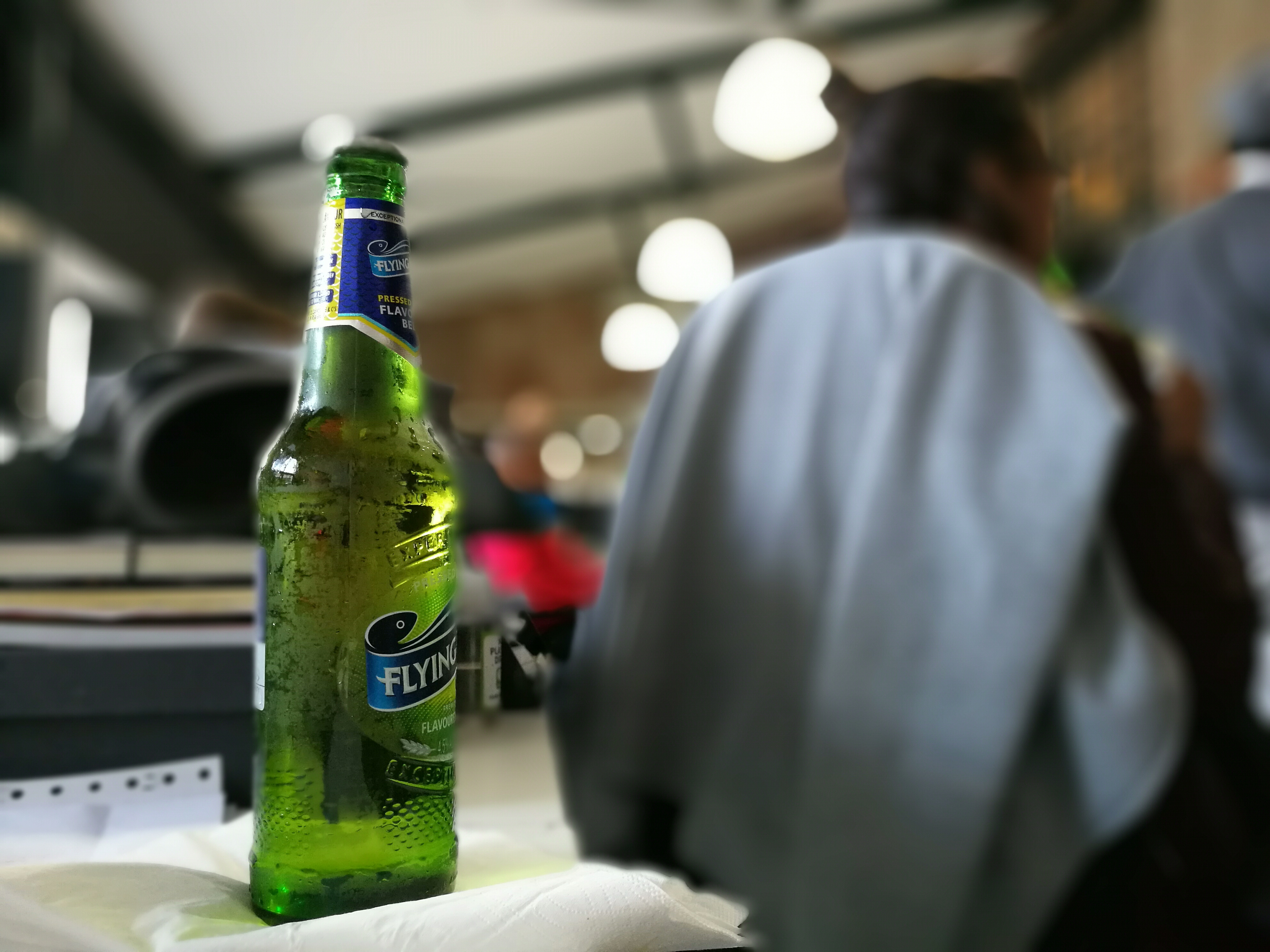
The depth of field/aperture adjustment mode isn't always perfect, showing blurry edges now and again.
Huawei P9 Sample 8

Some pleasant background blur here, thanks to the simulated aperture adjustment.
Huawei P9 Sample 9
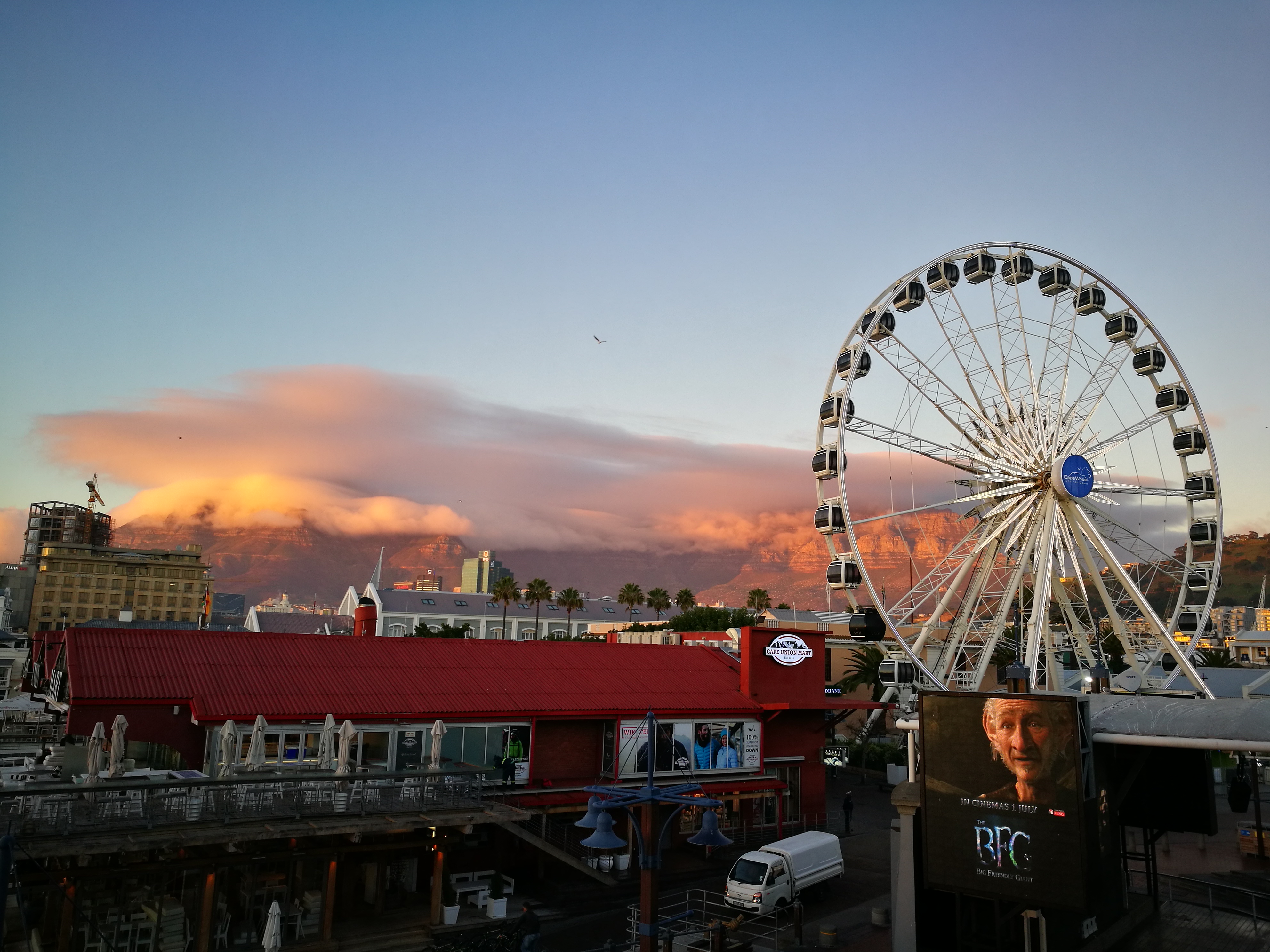
An early morning snap delivers plenty of detail and punchy colours.
In the video department, the phone is rather disappointing though. The device tops out at 1080p/60fps recording, but Lumia-style Moment Capture (screen grabs) at 4K would’ve been a neat bonus.
The Huawei P9 is a phone of two halves in the camera department
Additionally, while the videos are mostly smooth (albeit with a touch of shakiness) and vibrant during the day, a bout of indoor/low-light recording saw a bigger than normal drop in light captured. In fact, the videos captured in this situation were nigh-on unusable, and cranking up the exposure didn’t make a difference either — the Xperia X spat out brighter video.
We have seen a hefty camera-focused update since we received the unit, but I’m not 100% sure if it fixed the issue.
Throw in a lack of 240fps video (in favour of 120fps) and you’ve got better phones out there for video fanatics.
It’s clear then, that the Huawei P9 is a phone of two halves in the camera department, delivering standout stills but lacklustre video performance. There’s every hope that Huawei will upgrade the video experience (they’ve already delivered an update focused on still performance), but the lack of modes and the disappointing night-time results means it’s going to be a hefty job.
The rest of the phone
As for the hardware department, you’re looking at a design that refines the already great Huawei P8 (review), delivering the same fantastic metal design (complete with a similar black strip for the top of the rear cover and antenna strip at the bottom).
The biggest visual change is the addition of a rear-mounted fingerprint scanner though, being just as fast and accurate as the Huawei Mate 8 (review) — if not more so. I can’t remember having any accuracy issues with the Huawei P9’s scanner at all, and the ability to go from screen-off to unlocked, while becoming more commonplace, is nonetheless welcomed here.

You might notice a few changes at the bottom of the device too, such as the implementation of USB Type-C, the omission of speakers flanking the port in favour of a single speaker on the right, and a earphone jack on the left.
Other external hardware features are a volume rocker and ridged power button on the right-hand side of the phone, a tiny IR blaster on top and a hybrid SIM slot on the left.
Another small but welcome feature is the presence of a LED light in the earpiece, although customisable colours a la the BlackBerry Z10 (review) would’ve been a lovely bonus.
Hardware and benchmarking
Power on the phone and you’re greeted by a rather pleasant 5.2-inch full HD display, offering great viewing angles, crisp text and the ability to tweak colour temperature (as is normal with many phones these days).
The screen is also a capable performer in direct sunlight, keeping things somewhat legible at mid-brightness and almost completely legible when cranked up.
There are better phones out there for video fanatics
A HiSilicon Kirin 955 chipset drives the on-screen action and, unlike the P8’s Kirin 930, offers some heavyweight CPU cores. You’ve got four high-power ARM Cortex-A72 cores clocked at 2.5Ghz and four power-sipping A53 cores clocked at 1.8Ghz.
Other than the processor, you’re left with 3GB of RAM in the 32GB model and 4GB RAM in the 64GB variant.
Key numbers
Dimensions: 145mm x 70.9mm x 7mm
Weight: 144g
SIM Type: hybrid dual-SIM (nano)
Display: 5.2-inch, 1920×1080, 423ppi
Chipset: HiSilicon Kirin 955 octa-core CPU | quad-core ARM Cortex-A72 2.5Ghz & quad-core ARM Cortex-A53 1.8Ghz | Mali-T880 MP4 GPU | 3GB RAM (review unit)
Storage: 32GB (review unit) or 64GB, expandable via hybrid microSD slot
Imaging: (Rear) two 12MP, F/2.2 aperture, dual-tone flash | (Front) 8MP, F/2.4 aperture
Video: 1080p at 60fps
Battery: 3000mAh fixed
Cool features: USB Type-C, rear-mounted fingerprint scanner
OS: Android 6.0 with EMUI 4.1
The combination makes for a phone that’s very quick on the draw then, hitting a top score of 92 054 on Antutu. This put it in the top ten at the time of writing, being one spot above the LeEco 2 and one spot behind the Meizu Pro6. Other phones above the P9 include the latest iPhones (6S and SE), the LG G5 and the Samsung Galaxy S7 Edge (134 000).

Then again, two Antutu tests immediately afterwards showed scores of 86 128 and 80 238 — suggesting that the phone was throttling itself to prevent heating.
A Geekbench 3 test delivered a single-core score of 1760 and a multi-core score of 6390 — ahead of the Samsung Galaxy S6 on both accounts. How does the current Galaxy flagship compare? Well, the S7 Edge delivers scores in the region of 2200 and 7400 respectively.
A GFXBench GPU test sees the gulf widen between the Huawei P9 and rivals, with the Car Chase test delivering 214.1 frames compared to the S7 Edge’s 464 and 582 for Exynos and Snapdragon versions respectively. In fact, the Sony Xperia Z5 (with the older Qualcomm Snapdragon 810 chip) scored 641 frames in the same test.
This is more proof that, while the CPU department is nothing to scoff at, Huawei’s GPU efforts still aren’t quite as advanced as rivals. Benchmarks are one thing though…
Does it actually perform though?
In terms of real-world usage, you’re looking at a device that seamlessly launches/closes apps, quickly takes photos in a variety of modes and handles video editing without a hitch.
Other jobs, like multitasking, web browsing and video playback ran smoothly as well.
During benchmarks, the phone was throttling itself to prevent heating
Despite the benchmark scores, you still have a phone that handled pretty much everything we threw at it, with almost no performance issues at all.
Titles like Leap Day, Super Swing Golf 3 and Mekorama ran at a smooth framerate, although they’re not the most resource-heavy games.
We also installed the likes of Blades of Brim, Suicide Squad: Special Ops and GTA: Vice City, finding them all to run with little or no lag at all. In fact, the latter ran at a brisk pace with the resolution and draw distance cranked to maximum.
It might not be the fastest chipset on paper, but real-world performance shows it does an excellent job anyway.
It’s EMUI, for better or worse
On the software side of things, you’re looking at the company’s EMUI skin, being pretty much the same as the Mate 8. This, of course, means no app drawer. Android purists and those with non-Chinese handsets will lament the change, but iOS fans and first-time smartphone users might feel more at home. Me? I’ve quickly gotten used to this.
Most manufacturers add preinstalled software/bloatware into the mix and Huawei is no different. There’s the music/video player as well as calendar, email, HiCare, gallery, health and Phone Manager apps.

The latter unifies key system functions, such as battery options, notification settings and data tracking, but also adds “system optimisation” (RAM/cache clearing) and harassment filter functionality (letting you block messages/calls from certain/all numbers).
It’s by no means a game-changer, with RAM clean-up effectively being two taps away already (multitasking button and then the bin icon), but having features like data management and cache clearing in one spot is rather useful.
The Huawei P9’s battery easily lasts for a working day of moderate usage
Speaking of “rather useful”, Huawei’s fingerprint scanner still makes a case for being the most practical on the market. It’s fast and accurate, and the ability to lock specific files and apps behind a print is a rather useful option.
They haven’t hyped it up really, but the trackpad-like functionality is still present in the scanner, allowing you to swipe between photos or activate the dropdown menu.
Otherwise, you’ve got Android Marshmallow 6.0 running here and, unlike Xiaomi, the company has almost fully integrated most of Marshmallow’s features. So that means granular permission control and Google Now on Tap is in, thankfully.
Battery life?
If the Huawei P8 had a fatal flaw, it would be the battery, weighing in at just 2600mAh. This meant that while a working day of everyday usage (emails, social media, music playback) was within reach, anything more was asking a lot.
Fortunately, the 3000mAh battery in the P9 is able to easily last for a working day of moderate usage (music playback, emails, WhatsApp), while still having enough juice for the evening. Heck, you could even do the morning commute before plugging in at work, I found.

Heavier usage, consisting of benchmark tests (three Antutu tests and a full GFXBench test), music playback and plenty of YouTube videos, saw the phone dropping charge in a far more rapid fashion. In fact, the phone dipped below the one-third mark just before 4pm. Although, I think the benchmark tests were to blame more than the YouTube videos.
It’s not going to reach Mate 8 levels of battery life then, but it’s definitely got legs for a 12-hour overtime day of WhatsApp, music playback and Reddit.
Looking for a video playback beast for those long flights? Well, I put the phone through a looping video test, turning up the brightness to max and keeping WiFi and mobile data enabled. The result was about six hours of playback before conking out. A very middling result, especially when Samsung’s handsets added a few more hours to that figure.
Nevertheless, those looking for an all-day (and a little more) handset can definitely do worse than the P9.
Closing comments
Last year we said that Huawei joined the likes of Apple and Samsung when it comes to hardware design credentials. This year, Huawei shows us that it’s got the mobile photography chops to match its design prowess.
That’s not to say the phone is perfect though, as a sharper screen (at least for VR) and much better low-light video performance would’ve gone a long way to improving matters.
Another downside is the recommended price, coming in at around R11 000 to R12 000 on prepaid. This puts it squarely in range with other flagships — but when the previous year’s P8 had a R7000 price, it does make for a rather noticeable hike. Then again, Vodacom currently has the P9 on prepaid for R9999, making it more palatable than the launch price and many other flagship devices on prepaid.
Verdict: Huawei’s P9 delivers nippy performance, one of the best camera experiences of the year and another polished design. Now, if the company could fix the woeful low-light video recording, I’d be a super happy camper.
Score: 8.8/10





